Bellevue Gold’s (ASX: BGL) namesake mine in Western Australia’s Goldfields region has been in production for less than a year, but the company is already eyeing an expansion.
The A$1.8-billion market cap company poured first gold at its Bellevue mine last October, with commercial production following this May.
“The building and the ramp-up of the mine has been no small feat – this isn’t just some small mine,” Bellevue managing director Darren Stralow said during a site visit in July ahead of the Diggers & Dealers Mining Forum. “This is a big mine and building big mines takes a lot of people, a lot of time, a lot of capital to get there.”
The 1 million tonne per year plant is running at 1.2 million tonnes with recoveries averaging 94% in July.
Guidance for the 2025 financial year has been set at 165,000-180,000 oz. at all-in sustaining costs of A$1,750-A$1,850 per oz.
In the June quarter, the mine produced 42,705 oz. of gold and generated A$41 million of free cash flow. Production for the June 2024 half was 80,043 oz., above the midpoint of the guidance range of 75,000-85,000 ounces.
“Everything at an operational level is performing well,” Stralow said.
“When you’re in a ramp-up, there will be times when some things are performing well, some things that aren’t – the job going forward is to have lots of things performing well at the same time.”
The company has also invested A$23 million on grade control drilling to shore up its understanding of the geology and reduce ramp-up risk.
Surprise financing
On July 25, Bellevue surprised the market by announcing an equity raising of up to A$175 million.
The equity raising also raised concerns with investors that all was not well with the ramp-up, but the company reassured the market the bulk of the proceeds A$120 million, would be used to reduce its Macquarie debt facility to around A$100 million to unlock cash flow to accelerate growth.
The financing is part of a five-year growth plan that will see production increase by 45% between now and the 2028 financial year to 250,000 oz. per year while reducing all in sustaining costs by around A$250 per oz.
According to Bellevue, it will make the asset one of only seven gold operations in the world with a head grade of more than 5 grams gold per tonne in tier one jurisdictions producing more than 200,000 oz. per year.
“These assets do not exist of this size, scale and quality outside of the majors and outside of multi-asset companies,” Stralow said.
“There is a big prize at the end because you know, 250,000 ounce operations are pretty rare. There’s not a lot of them around.”
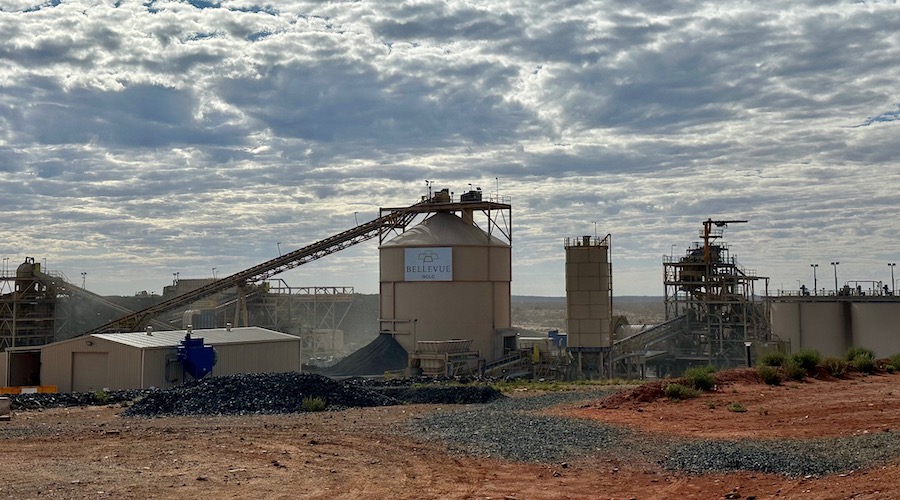
Bellevue gold project plant. (Image: Kristie Batten | MINING.COM.)
Bellevue said it will invest A$145 million this financial year, A$110 million in the 2026 financial year and A$65 million in the 2027 financial year to reach its goal.
The first stage of a planned plant expansion, totalling A$12 million, will take capacity to 1.35 million tonnes per year from 1 million tonnes this financial year.
Stage two, to take capacity to 1.6 million tonnes annually, will cost A$28 million.
Rich history
The Bellevue gold project, in the heart of nickel country, produced about 800,000 oz. of gold at grades of 15 grams per tonne between 1986 and 1997, but closed due to low gold prices.
The project had been largely forgottensince its closure, having been held by nickel companies for 20 years until a recapitalized former Mongolian coal company, Draig Resources, acquired it in late 2016.
The asset was acquired on the basis that there was a high likelihood of finding more gold, particularly with the use of more modern exploration techniques, including electromagnetic surveys.
Under the leadership of former managing director and current non-executive director, geologist Steve Parsons, the company drilled on the other side of the Highway Fault, an area previous explorers had believed was barren.
The first hole in November 2017 hit 5 metres at 37.5 grams gold per tonne. The area, named the Tribune Lode, looked similar to the historically mined Bellevue Lode. Nine months later, an initial resource of 1.9 million tonnes at 8.2 grams gold for 500,000 oz. was announced.
Up until 2022, the company’s exploration efforts were adding 50,000 oz. per month to the resource base, with every metre drilled adding roughly 7 oz. at a cost of A$25 (US$16) per oz.
Today, the project has a JORC-compliant resource of 3.2 million oz. of gold at 9 grams per tonne and reserves of 1.5 million ounces at 6.1 grams gold.
The company has also invested A$23 million on grade control drilling to shore up its understanding of the geology and reduce ramp-up risk.
Green gold
On the environmental, social and governance (ESG) front, Bellevue is currently building an 89.7 megawatt hybrid power station, comprising 24MW of wind, 27MW of solar, 24MW of thermal and a 15MW/29MW hour battery energy storage solution.
The solar farm will be the second largest for a mining project in Western Australia.
Bellevue is aiming to generate up to 80% of its power from solar and wind.
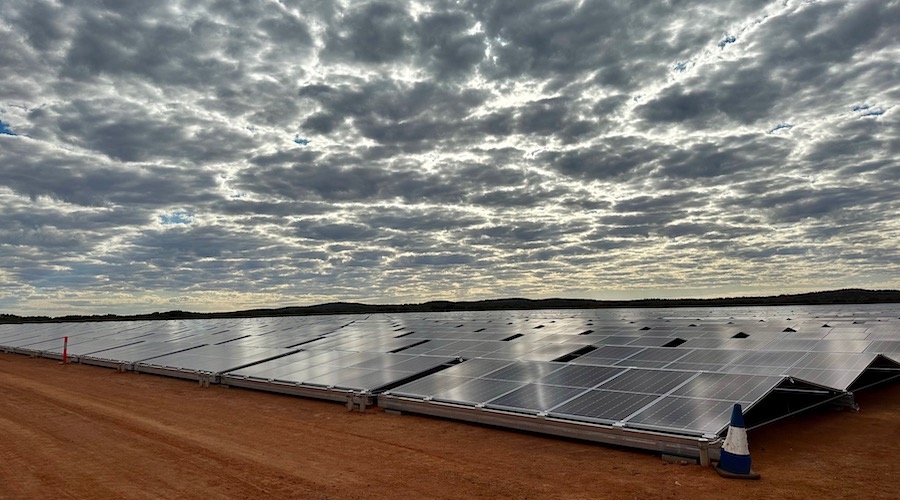
The company also reports sector-leading gender diversity, with 34.8% of its employees being female, well above the Australian average of about 22%.
“A lot of the workforce here actually was attracted to the site because of that focus on ESG and focus on sustainability, and as a gold mining company, it’s very hard to do that,” Stralow said.
“If you’re a lithium company or a nickel company, all you have to do is put a picture of an electric vehicle on your presentation and say ‘hey, we’re green’, and you can burn as much diesel as you want on site, whereas we actually have to work for it.”
Exploration upside
Bellevue sits in the Agnew-Wiluna Greenstone Belt, about 45 km north of Gold Fields’ (JSE: GFI) 8.6 million ounce Agnew mine.
Like Agnew, Bellevue is an Archean lode gold deposit.
“It’s very similar rocks and deposit style to what we have here,” Stralow said.
Agnew has been operating for nearly 40 years but generally operates with only a couple of years of mine life ahead of it, which is typical of Archean lode gold deposits.
Stralow expects it will be the same case at Bellevue, where the resource sits in the top 800m and remains open in all directions.
Bellevue paused exploration drilling over the past two years while it built the mine. As a result, the resource base has been flat.
As part of the five-year plan, the company will spend A$60 million on exploration over the next two years. Investment in the Southern drill drive from Tribune, one of three new drives, will allow the company to drill its top priority target, Southern Belle.
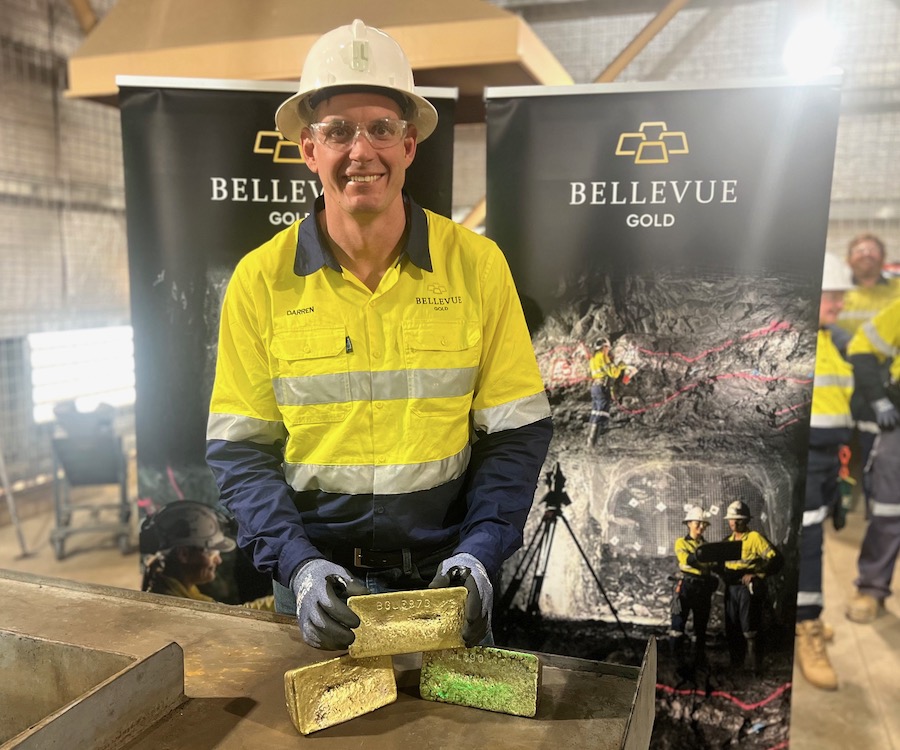
“What we’re doing now is five years’ worth of exploration in two years,” Stralow said.
“That’s going to give us a real shot in the arm to be able to go out to hit these targets that you know the geologists have been looking at and wanting to drill for a long time.”

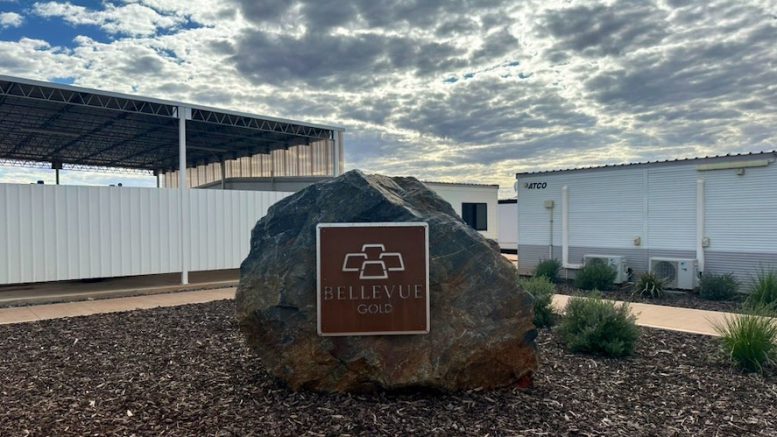
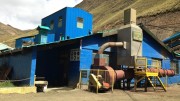
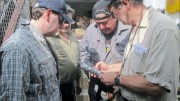
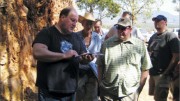

Be the first to comment on "Site visit: Australia’s Bellevue set to join elite gold group"